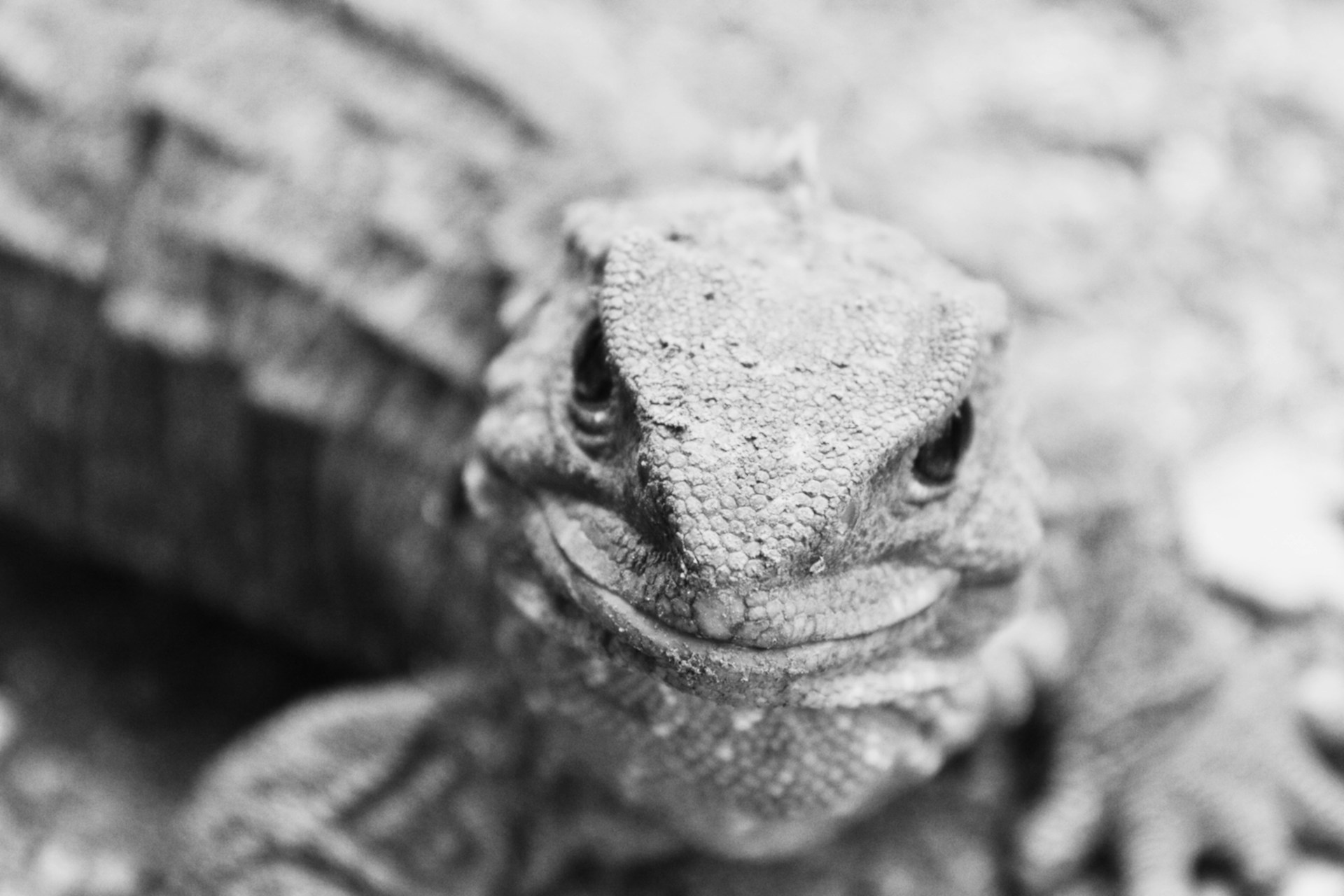Media release
From:
A tiny lizard-like fossil from Devon, UK, dating to around 244–241.5 million years ago, may now be the oldest known member of the group of reptiles known as lepidosaurs. The discovery, revealed in this week’s issue of Nature, helps to resolve a debate about reptile evolution and sheds light on the origins of this large and diverse group of animals.
Lizards belong to the most species-rich group of land vertebrates, the Lepidosauria. This group includes around 12,000 species of lizards and snakes (Squamata) as well as a single species of the otherwise extinct Rhynchocephalia: the tuatara from New Zealand. Squamates have a mobile skull with an open lower temporal bar, which is the bony structure that provides attachment points for the jaw muscles. The tuatara, however, has a more rigid skull and a closed lower temporal bar. These discrepancies make it hard to understand what their shared common ancestor was like.
Michael Benton and colleagues describe the reasonably complete skull and skeleton of a rhynchocephalian from the Middle Triassic Helsby Sandstone Formation of Devon, some 3–7 million years older than the current oldest known lepidosaur. The skull of the new species shows a mixture of traits, including a non-mobile skull and an open lower temporal bar, as well as large conical piercing teeth and relatively large orbits. These features suggest that the little reptile was a specialized insect feeder that hunted large, fast-moving prey such as cockroaches and grasshoppers. With a significant gape in its jaw, the reptile could quickly deliver a substantial bite force, hold on to and shear through its struggling prey, and then manipulate it with its tongue before swallowing.



 New Zealand; International
New Zealand; International


